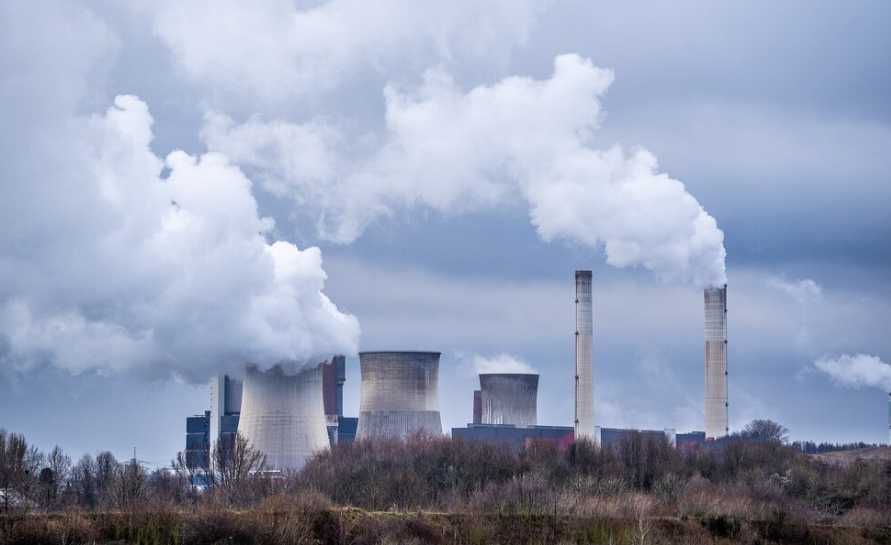The cement industry is vital to the global construction sector, providing the foundation for buildings, bridges, and infrastructure projects. However, it is also one of the largest industrial sources of carbon dioxide (CO2) emissions, contributing significantly to climate change. This blog post will explore the challenges the cement industry faces in reducing emissions and the innovative solutions being pursued to mitigate its environmental impact.
The Carbon Footprint of Cement Production
Cement production is inherently carbon-intensive due to the chemical processes involved. The primary source of CO2 emissions in cement production comes from the breakdown of limestone into clinker during the kiln phase. The overall goal would be to decarbonise cement manufacture. Additional emissions result from the combustion of fossil fuels to provide energy for the production process and transportation.
Challenges in Emissions Reduction
- High Energy Consumption: Cement production requires high-temperature kilns, which demand substantial energy inputs. Traditional kilns rely on fossil fuels, contributing to emissions.
- Raw Material Choice: Alternative raw materials’ availability and environmental impact significantly influence emissions. Using certain materials can reduce the need for limestone and lower emissions.
- Carbon Capture Technology: Developing cost-effective and scalable carbon capture and storage (CCS) technology is a challenge. CCS involves capturing CO2 emissions from industrial processes and storing them underground.
- Market Pressure: Meeting sustainability goals while remaining competitive in the market is a delicate balancing act. Cement producers must invest in emissions reduction without compromising their economic viability.
Innovative Solutions in Emissions Reduction
- Alternative Fuels: Shifting to alternative fuels like biomass, waste-derived fuels, and even non-recyclable plastics can reduce emissions while optimizing resource utilization.
- Energy Efficiency: Improving the energy efficiency of cement production processes can significantly reduce emissions. Utilizing waste heat, optimizing equipment, and implementing best practices contribute to energy savings.
- Carbon Capture and Utilization (CCU): Beyond CCS, CCU technologies capture CO2 emissions and change them into useful products like synthetic fuels and building materials, effectively turning emissions into valuable resources.
- Sustainable Clinker Substitutes: Utilizing sustainable clinker substitutes such as fly ash, slag, and pozzolans can reduce the amount of clinker required in cement production, lowering emissions.
- Carbon Offset Programs: Cement companies are increasingly investing in carbon offset programs, such as reforestation and afforestation projects, to compensate for their emissions.
The Path Forward
Emissions reduction in the cement industry is a complex challenge that requires innovative solutions and industry-wide collaboration. Governments, environmental organizations, and the private sector must work together to accelerate the transition to more sustainable practices.
As the demand for sustainable construction materials grows, cement producers are under increasing pressure to reduce their environmental footprint and find new processes and methods for working. While challenges remain, innovative solutions, alternative fuels, energy efficiency improvements, and carbon capture technologies are paving the way toward a greener cement industry. By addressing these challenges head-on, the cement industry can play a crucial role in mitigating climate change while continuing to provide the essential building blocks for our world’s infrastructure.



